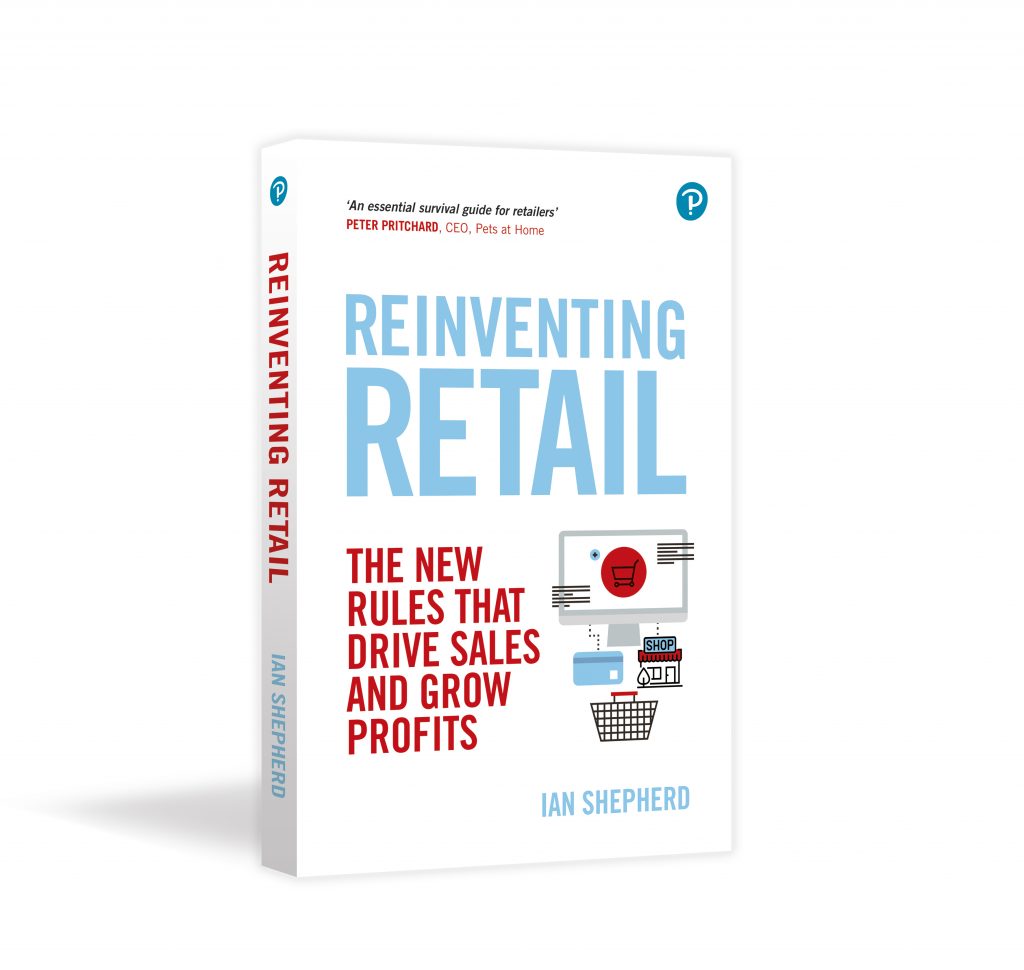
There is a secret club in retailing. Its membership is made up of CEOs, chairs and other senior leaders who have been responsible at some point for signing a huge cheque for a new website build. Millions of pounds have been spent, months or even years have passed, and in the end the new site looks pretty much like the old one, and seems to generate the same headaches and have the same limitations too.
Unfortunately, it isn’t a very exclusive club. There are a long list of retailers who have been down the same path, and as I wrote here, the club includes a lot of members from the public sector and other walks of life too.
So why are so many retail web development projects so expensive? Let’s consider 3 worked examples:
- You want to open a small e-commerce site with a few hundred products, integrated blog and social media content and you want it to work on both desktop sites and mobiles.
- You are bigger than that, a small to medium sized retailer with 50 stores and you need a website to sell through too. You have similar requirements to the example above but might need a few more bells and whistles like returns management or integration with your CRM platform.
- You are a large retailer and you want to re-platform your existing website. You have all the same requirements as above but you also need more extensive integration into your other systems (especially warehousing and financial systems) and you want to offer omnichannel services like collect and return in store, so you need integration into your store systems too.
So what do you do in these 3 scenarios, and how much does it cost?
In scenario 1 you will hire a local web developer who will build that for you on one of dozens of available templates, and it will cost you no more than £10k to get it up and running.
In scenario 2 you will step up to one of the cloud based platforms like Shopify or Magento for the added security and established code base and end up spending a few hundred thousand to get up and running.
But in scenario 3 you have arrived in the world of the Enterprise vendors. You’ll set up a big internal project team, use external consultants to help you write your requirements up and then implement a solution from one of the technology giants – a Salesforce, SAP, IBM or Oracle. And the bill will be millions. I’ve signed a £10m cheque for a web project, and so have many other members of the club.
The big question for me is why that third scenario suddenly costs potentially 1000 times more than just getting an e-commerce site up and running?
There are, inevitably, good reasons and bad.
The good reasons are things like scale, speed, security and that all-important integration with other key systems in the business. A modern retail brand will stand or fall by its ability to deliver a seamless service across all channels and so an out-of-the-box e-commerce site will not do the trick.
But I suspect there are a bad reasons too. The most familiar to many who have lived through these projects will be the huge desire that an established business has to customise technology ‘to fit how we do things’ rather than changing business processes to fit with new technology choices. I’ve seen the requirements-gathering process alone in a major retailer take nearly a year, with all the associated consulting costs, and result in hundreds of pages of customisations each of which will then add to the cost and risk of the project. I’ve even seen a finance team in one business virtually grind a project to a halt because they didn’t want to change the timing of daily reporting.
All of those requirements will sound vitally important to the business teams demanding them. Each one of them, however, is contributing to the business having a higher cost base than their pureplay competitor who simply built their business around what their technology could do.
I also observe that often the final decision about a web project is made by a boardroom full of people with very little understanding of what technology should cost. Even the technology team themselves might have grown up building point-of-sale and warehousing systems and might not be as comfortable with web technology choices. It is a dangerous scenario when the person around the table with the best instinctive understanding of costs and choices is the vendor.
The solution to all of this? There are things all of us can do to avoid being trapped into the £10m (or even £100m) website development project. Technical teams need to be clear about the options available, and particularly alert for those smaller solutions which might grow to be able to fulfil omnichannel requirements. It should not be a knee-jerk reaction to reach for Gartner and a list Enterprise vendors.
And at the same time business teams, and particularly leadership teams need to be ready to approach the development of new digital capabilities with an eye on flexibility, and on how to get the desired outcome for the customer in the fastest and most nimble way.
And finally, it is incumbent on the Boards of retail businesses to ensure that they have around the table enough understanding of technology at least to interrogate the various options in front of them. I’ve seen Boards forensically interrogate a single store opening, largely because the process and the analysis was familiar to them, but then nod through a huge technology project with far less scrutiny.
A great website and integrated omni-channel capabilities should be a powerful asset for retailers today, not a headache.




 Yesterday I hit the ripe old age of 50 (thanks for the many good wishes) and today I have an announcement to make.
Yesterday I hit the ripe old age of 50 (thanks for the many good wishes) and today I have an announcement to make. If I can lay claim to being world class at anything, it is procrastination. There is always another tweet to read, or cup of tea to be made.
If I can lay claim to being world class at anything, it is procrastination. There is always another tweet to read, or cup of tea to be made.
